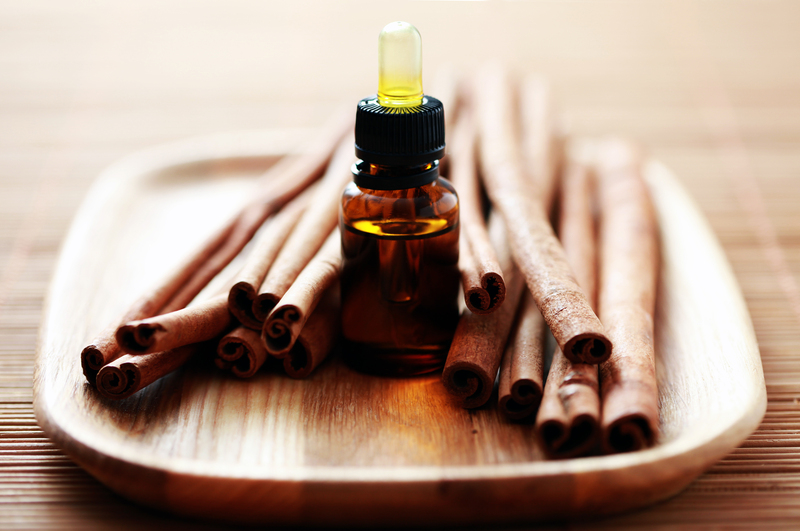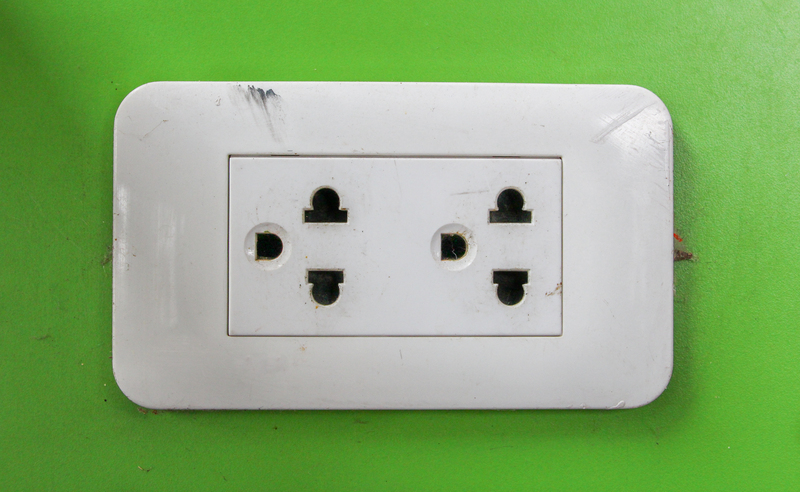How to Effectively Clear Tough Stains
Posted on 01/10/2025
How to Effectively Clear Tough Stains
Stains can be the bane of our existence, disrupting the pristine nature of our favorite clothing, upholstery, and carpets. Whether it's a splash of red wine, a smudge of ink, or an accidental spill of grease, knowing how to tackle these stains effectively can save your belongings and perhaps your sanity. This guide delves into the effective techniques and methods to clear tough stains, ensuring your items remain spotless.
Understanding the Nature of Stains
Before diving into the methods of stain removal, it's essential to understand the types of stains and their underlying properties. Stains can generally be categorized into a few types:
- Organic Stains: These include food, beverages, and bodily fluids.
- Inorganic Stains: These include ink, paint, and dyes.
- Oily Stains: These include grease, butter, and lotions.
Different types of stains require different approaches for effective removal. Misunderstanding the nature of a stain can make it set deeper into the fabric, making it harder to remove.

Pre-Treatment Techniques
The first step in tackling any stain should be pre-treatment. Pre-treatment involves preparing the stained area for thorough cleaning.
Blotting the Stain
For fresh stains, especially liquid ones, it's crucial to blot (not rub) the stain with a clean cloth or paper towel. Rubbing can spread the stain or embed it further into the fabric.
Rinsing with Cold Water
Cold water can be particularly effective for fresh stains, especially organic ones like blood or wine. Run the stained area under cold water to remove as much of the stain as possible before it sets.
Choosing the Right Cleaning Agents
The choice of cleaning agent can significantly impact the effectiveness of stain removal. Here are some common household items that work wonders:
Vinegar and Baking Soda
Both vinegar and baking soda are potent cleaning agents known for their stain removal properties. They can be used separately or together for a chemical reaction that lifts stains out.
Hydrogen Peroxide
Hydrogen peroxide is a mild bleaching agent that works well on organic stains. It's particularly useful for stains on white fabrics but should be used cautiously on colored fabrics.
Dish Soap
Dish soap is formulated to cut through grease, making it perfect for oily stains. Mix it with warm water and apply directly to the stain.
Application Techniques
Applying the cleaning agent correctly can enhance its effectiveness. Here are some specialized techniques:
Soaking
For tougher stains, soaking the fabric in a solution of your chosen cleaning agent can help. For example, soaking a wine-stained garment in a solution of vinegar and cold water can help lift the stain.
Scrubbing and Brushing
Using a soft brush or even an old toothbrush to gently scrub the stain after applying a cleaning solution can help break down and remove the stain particles.
Dealing with Stubborn Stains
Some stains refuse to go away even after initial treatments. Here's how to tackle the most stubborn stains:
Enzyme-Based Cleaners
Enzyme-based cleaners are specifically designed to break down organic molecules in stains, making them highly effective for food, blood, and other organic stains.
Professional Products
Sometimes, household remedies just don't cut it. Professional-grade stain removers are formulated with stronger chemicals that can break down tough stains. Follow the manufacturer's instructions for best results.
Final Steps: Laundering and Drying
The final step is laundering the stained item. Always check the garment's care label for the appropriate washing instructions. After laundering, avoid direct heat drying until you're certain the stain has been completely removed. Heat can set the stain, making it near impossible to remove.
Inspect Before Drying
After washing, inspect the stained area to ensure it's completely removed. If the stain persists, repeat the cleaning steps before drying, as the heat from the dryer can set the stain permanently.

Special Stain Cases
Some stains require unique attention:
Red Wine Stains
For red wine stains, sprinkle salt or baking soda over the stain to absorb the liquid, followed by rinsing with cold water. Pre-treat with a mixture of dish soap, white vinegar, and water before washing.
Ink Stains
Rubbing alcohol or hand sanitizer can be effective for ink stains. Dab (do not rub) the stained area with a cloth soaked in alcohol. Follow up with laundering.
Grease Stains
Sprinkle cornstarch or talcum powder over the grease stain to absorb the oil. Let it sit for 15-20 minutes before brushing off and treating with dish soap.
Conclusion
Stains are an inevitable part of life, but with the proper techniques and cleaning agents, you can tackle even the toughest ones. Understanding the nature of the stain, choosing the right cleaning agent, and using the appropriate application techniques are key steps in the stain removal process. With a bit of patience and effort, you can keep your clothes, upholstery, and carpets looking as good as new.
Remember, timely action is crucial. The sooner you address a stain, the easier it will be to remove. And always test a small hidden area of the fabric if using a new cleaning agent to ensure it doesn't cause any damage or discoloration.






